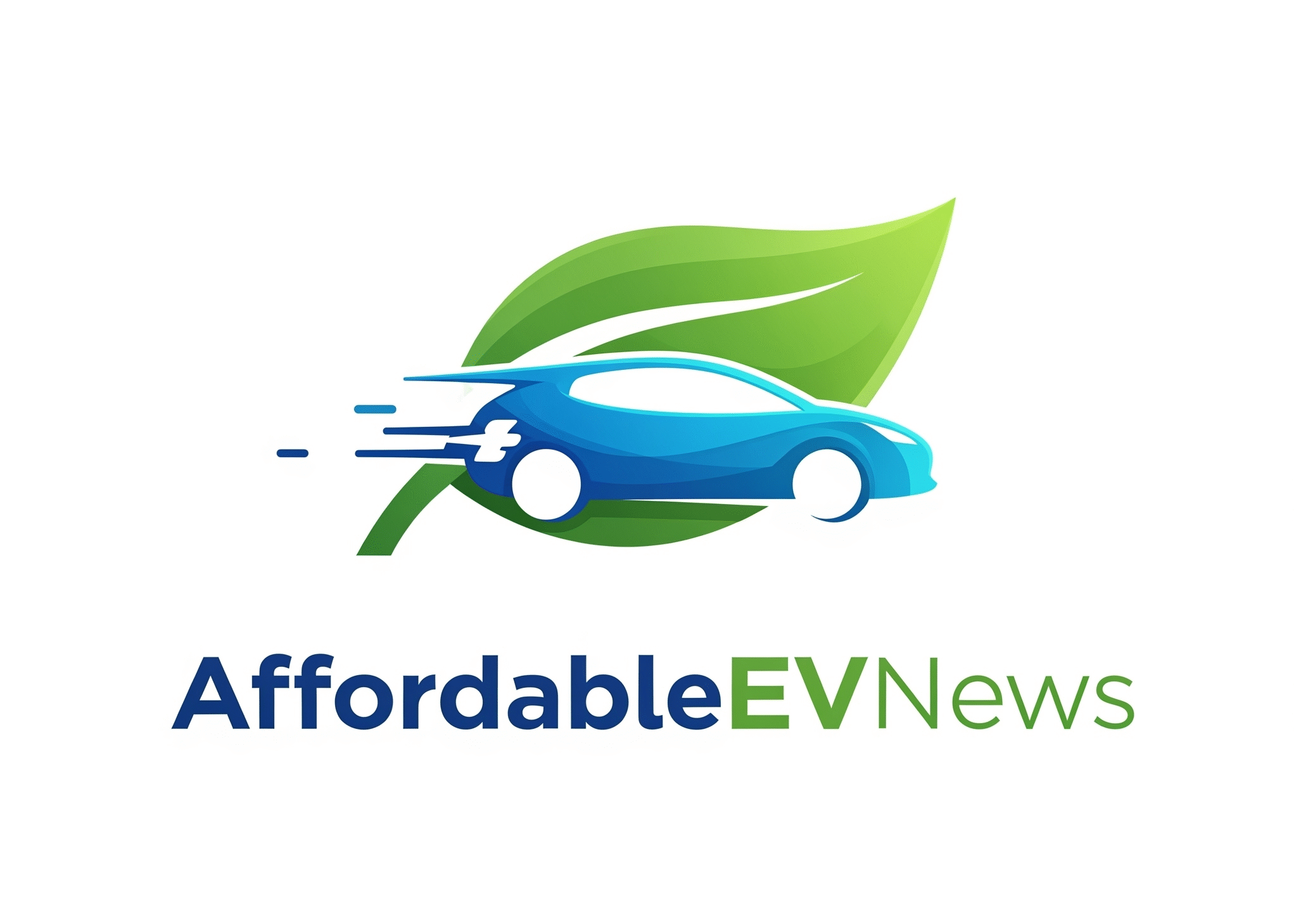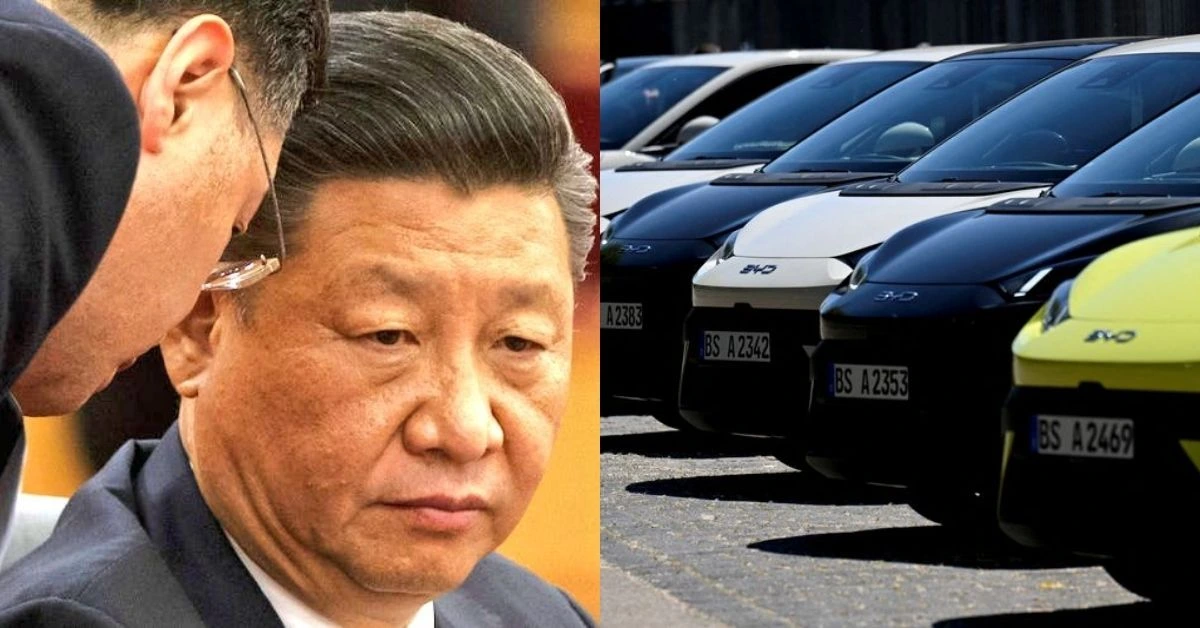The U.S. has imposed a 247.5% tariff on Chinese EVs, blocking brands like BYD and Xiaomi. But China is fighting back—here’s how the trade war is unfolding, and why Mexico could be a loophole.
1. The Tariff Breakdown: Why Chinese EVs Are Locked Out
The U.S. has stacked tariffs to create a near-insurmountable 247.5% barrier against Chinese EVs:
- 145% (Trump-era tariff on Chinese goods).
- 100% (Biden’s 2023 EV-specific levy).
- 2.5% (Standard import duty).
Real-World Impact:
- A $7,800 BYD Seagull would cost ~$30,000 after tariffs and shipping.
- Legally undrivable: U.S. safety regulations further block compliance.
Why Such Extreme Measures?
- “Existential threat”: Elon Musk warned Chinese EVs could “demolish” Western automakers.
- Quality shock: Ford’s CEO tested a Xiaomi SU7 and was reportedly impressed.
2. China’s Counterattack: Retaliation & Global Expansion
- 125% tariff on U.S. goods (e.g., Tesla Model S/X sales paused in China).
- Flooding other markets: BYD, NIO, and Xiaomi are expanding in:
- Europe (EU may lower tariffs).
- Southeast Asia (Thailand, Indonesia).
- Latin America (Brazil, Mexico).
3. The Mexican Backdoor: A Legal Loophole?
Chinese automakers are exploiting a tariff loophole via Mexico:
- Sell EVs cheaply in Mexico (even below cost).
- Americans buy “used” (1-mile driven) Chinese EVs in Mexico.
- Drive across the border legally (used cars face lower tariffs).
Why It Works:
- No 247.5% tariff on used vehicles.
- BYD plans a Mexico factory (could export to U.S. under USMCA).
4. U.S. Consumer Frustration: “We Want Affordable EVs!”
- YouTube hype: iShowSpeed’s BYD U9 livestream (8M views) showed demand.
- Survey data: 62% of Americans cite high prices as their #1 EV barrier.
- Limited options: U.S. EVs average ~$55,000 vs. China’s $20,000 BYDs.
5. What’s Next?
- Europe’s move: If the EU drops tariffs, pressure on the U.S. will grow.
- Long-term: Chinese EVs will reach the U.S.—via Mexico or tech partnerships.
6. Why American Consumers Care
For U.S. drivers, the absence of Chinese EVs is a missed opportunity. Surveys consistently highlight affordability and choice as major barriers to EV adoption. Models like the BYD Seagull, with its sleek design and budget-friendly price, could address both. Instead, Americans are left watching YouTube videos of influencers like iShowSpeed, who recently showcased BYD’s Yangwang U8 (which floats on water) and the U9 supercar (with its dancing suspension) to his 38.6 million subscribers. His attempt to buy a U9 for the U.S. was rebuffed, underscoring the trade barriers’ real-world impact.
Poll: Should the U.S. lower tariffs to allow Chinese EVs?
✅ Yes—competition lowers prices!
✅ No—protect U.S. automakers.

